Killin’ Diminished Line Using Chord Scale Above Approaches (LOTW #113)

Share on facebook Facebook Share on google Google+ Share on twitter Twitter Share on linkedin LinkedIn Love this diminished pattern. Sounds fantastic and is pretty simple. Just approaching diminished chord tones from chord scale above using the whole half scale again. A little easier said than done! I get that. Enjoy! CLICK HERE TO GET […]
How To Play Block Chords Like Bill Evans
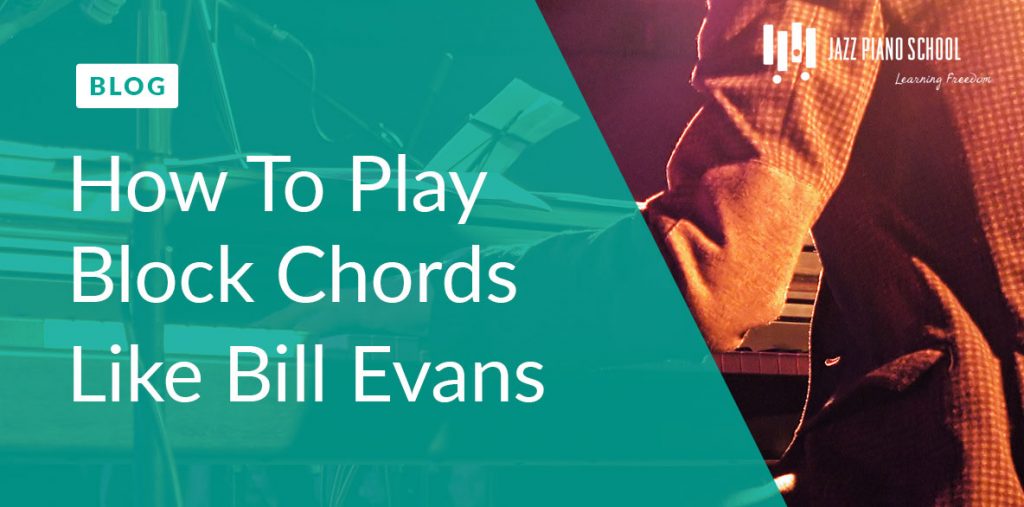
In this blog we are going to examine how to play block chords, ala Bill Evans. Block chord soloing is when you harmonize a melody where all 4 or 5 voices are in rhythmic unison. The two most common forms of block chord soloing that we are going to examine are “locked-hands/double lead” and “drop […]
Accompanying Singers – Hillary Kole “Duets”: How To Set Up A Solid Intro

Hillary Kole’s You Are There (Duets) is a fascinating study in how to accompany a jazz singer in a vocal-piano duo setting. The record contains 13 vocal-piano duets with many different pianists, including Kenny Barron, Dave Brubeck, Benny Green, Hank Jones, Steve Kuhn, Freddy Cole, Cedar Walton, Alan Broadbent, Monty Alexander, Michel Legrand, and Mike […]
Modal Improvisation – Coltrane’s “Pursuance”: Achieving A Modern Sound

Recently, I had the privilege of performing Jim McNeely’s arrangements of John Coltrane’s A Love Supreme with Joe Lovano in a series of concerts at Jazz at Lincoln Center and Aaron Davis Hall CCNY. A Love Supreme notably includes 2 major piano solos, in the 2nd movement (“Resolution”) as well as the 3rd movement (“Pursuance”). […]
Understanding Jazz Theory (Part 2): Functioning Dominants & 3 Functioning V7 Alterations
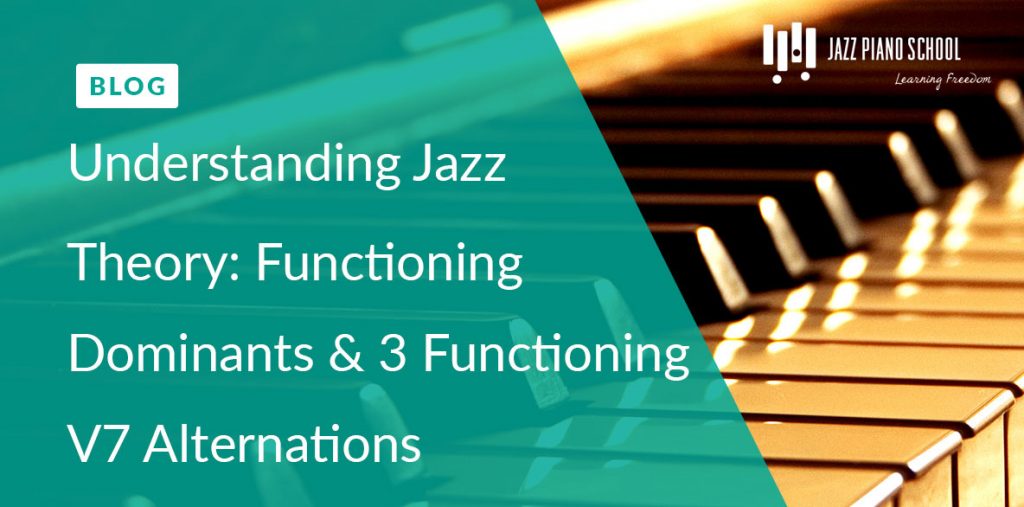
In Part 1 in this “Making Sense of Jazz Theory” series we looked at 3 foundational concepts: the 4 Chord Families, Diatonic Harmony, and the Church Modes. If you haven’t checked that out yet, Click Here to read that first. Today we are going to be looking at the importance of understanding Functioning Dominants and […]
Basic Reharmonization: How To Harmonize A Melody & 5 Basic Reharmonization Techniques
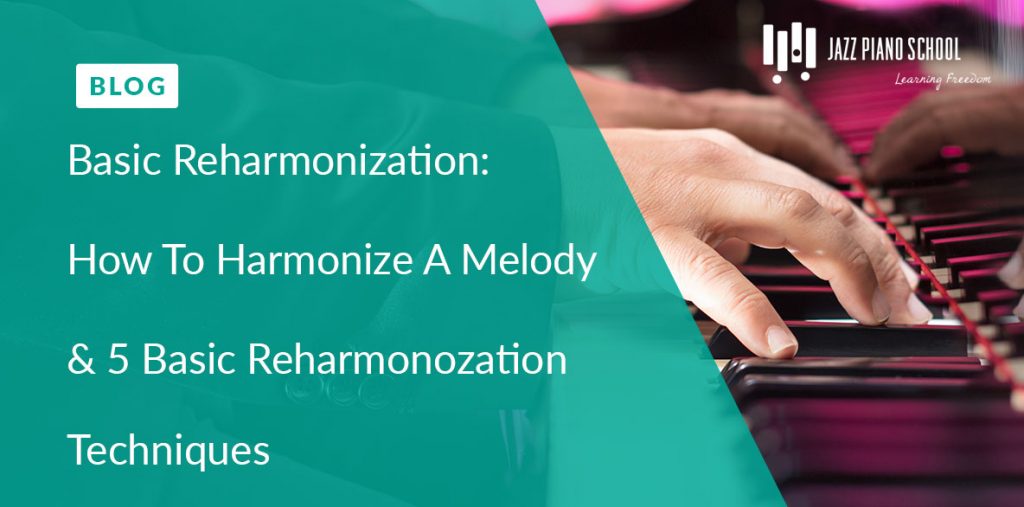
A good way to begin working on basic reharmonization is to practice harmonizing a tune and coming up with a different chord for every note of the melody. Let’s take the first 8 bars to the tune “If I Should Lose You” as an example. Here are the basic chord changes and melody as you […]
Shaping Lines Rhythmically — Changing Rates: 8ths, Triplets, and 16ths
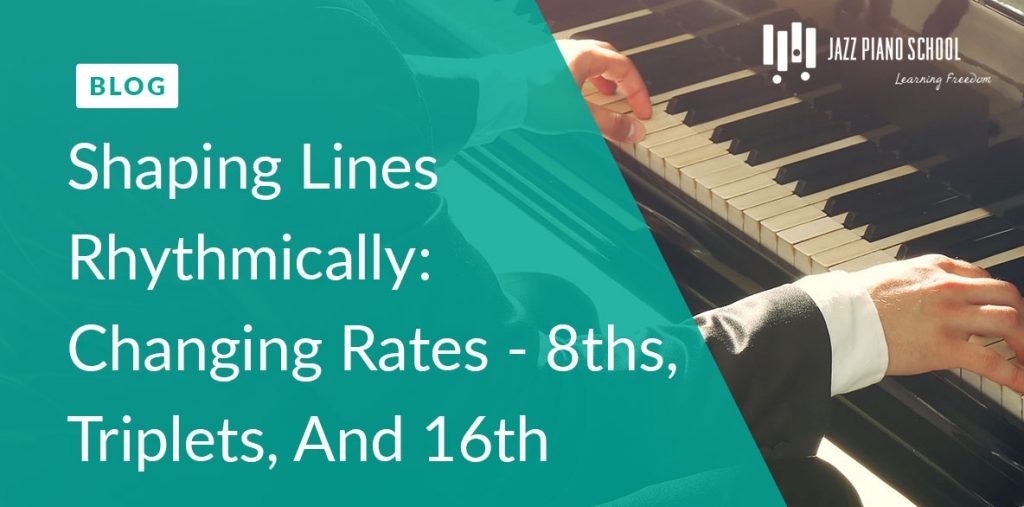
Staying in one rhythmic zone – whether it be eighth notes or double time sixteenth note lines – can sound monotonous over the course of an entire solo. A way to bring about rhythmic freshness is to alternate between eighth note, eighth note triplet, and sixteenth note phrases. The key is to make the transition […]
Understanding Jazz Theory (Part 1): 3 Most Important Jazz Theory Concepts For A Beginner

4 Chords Families While these are not the only chord families, these 4 are the main families that make up the diatonic series: Major 7th Symbols: M7, Ma7, Maj7, Δ7 Dominant 7th Symbols: 7, dom7 Minor 7th Symbols: m7, mi7, min7, -7 Minor 7 Flat 5 or Half-Diminished Symbols: m7(b5), min7(b5), ø7 Next, it is […]
My Jazz Piano Freedom: What’s Helped & Hurt
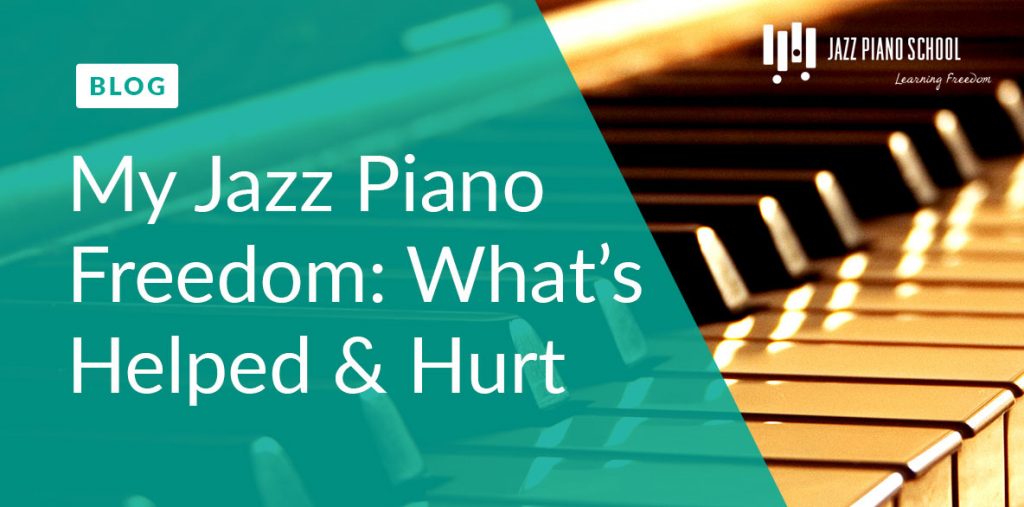
I’ve always been fascinated by the education process of jazz piano. As many of you know, I had a hard time learning jazz piano. It wasn’t until later in my career that I found out that most people actually have a hard time learning jazz piano. The typical student would follow the same path- or […]
10 Disastrous Mistakes I’ve Made Learning Jazz Piano

Alright, so I went over all the good stuff in the last post. The stuff that got me results, the things that helped me improve and achieve jazz piano freedom. If you want to read Part 1 of this 3-part Series, click here to read “My Jazz Piano Freedom:What’s Helped & Hurt.” That post covers […]


